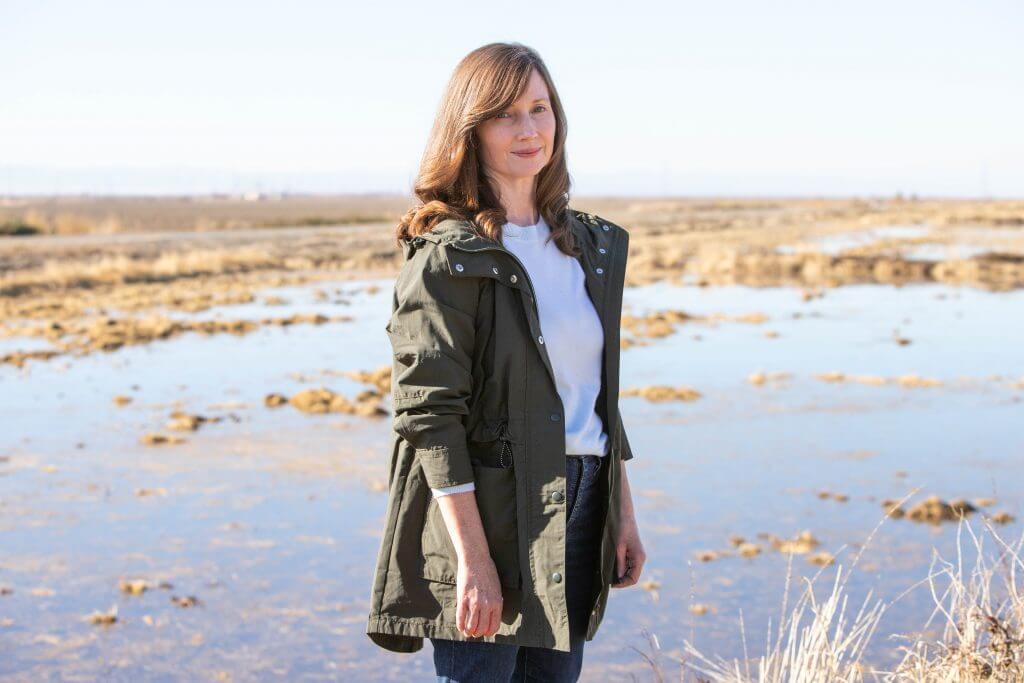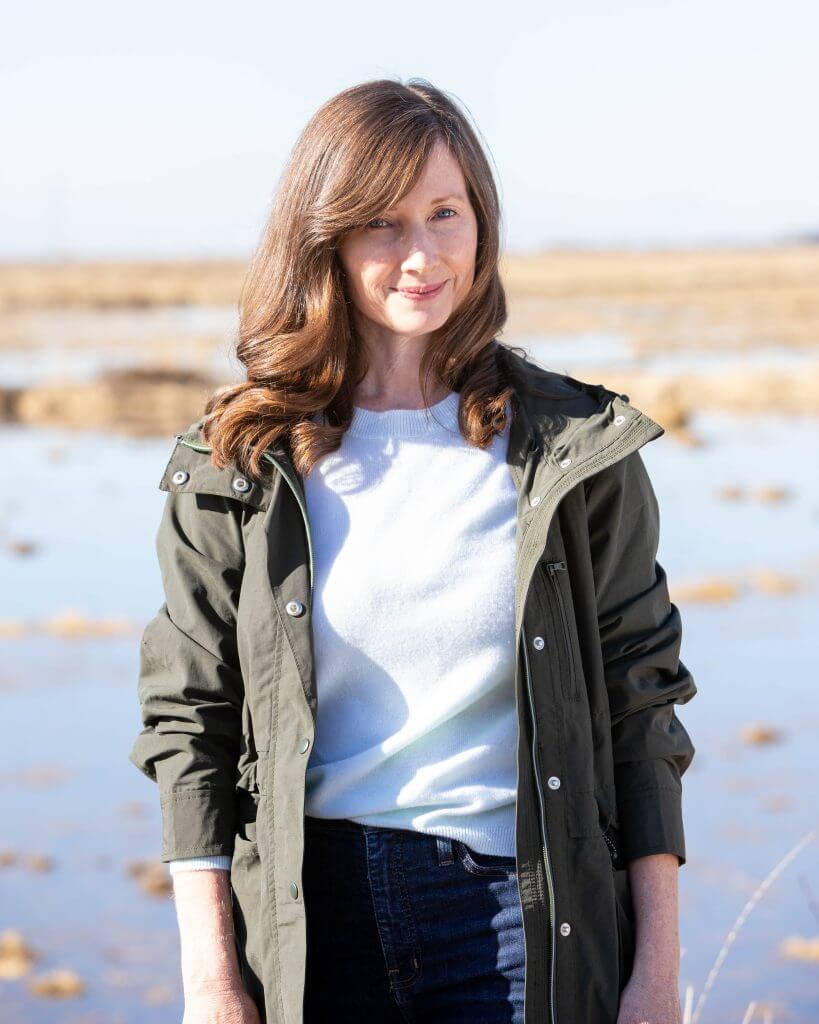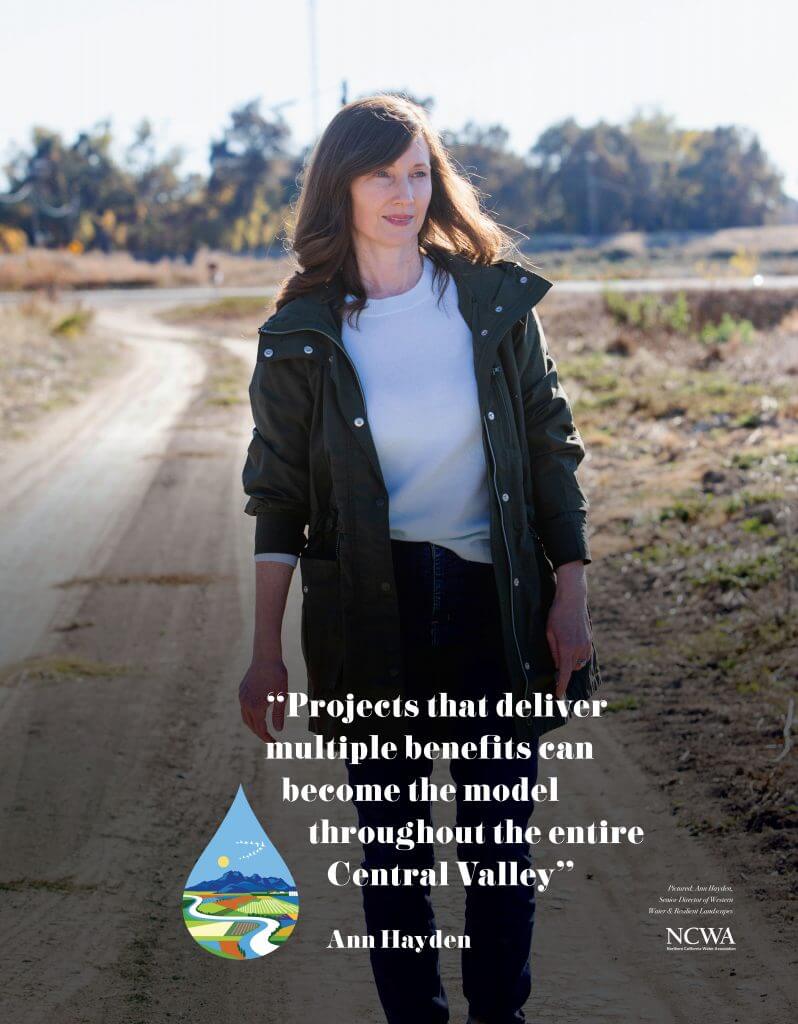 The lure of a ten-speed bike was all it took.
The lure of a ten-speed bike was all it took.
This was no ordinary bicycle, however. This was a radiant red Schwinn with swooping sight lines, 10 gears of unfettered pedal power that would serve as a freedom chaser to propel 9-year-old Ann Hayden to explore country roads in her rural Yolo County neighborhood. And Ann was ready to go.
Her parents, on the other hand, weren’t about to bend so easily to a simple plea from their daughter. A deal was struck instead. Her parents would buy the bike if Ann completed a year of 4-H, the agricultural youth development program, which her brothers had been participating in for years.
She chose to raise what she figured would be the easiest animal: a sheep. Despite Ann’s unwavering dedication, as the 4-H showcase began, and the other kids had calmed their sheep as they waited their turn in the show rink, her skittish lamb broke loose which turned quickly into spontaneous entertainment for the crowd.
Finally, after what seemed like an eternity to Ann, the dust finally settled and the lamb was captured. Despite all the ruckus, a red-faced Ann stepped up and proudly showed her lamb, which was sold to the highest bidder of the day.
With that, she was able to secure the 10-speed she so deeply desired.
Ann could not have known then, but this fortuitous moment would aid her when approaching unwieldy challenges as senior director of western water at Environmental Defense Fund (EDF) decades later.
 “It taught me the importance of being flexible and maintaining my cool when the least-expected situation arises,” Ann said. “And it’s always a valuable lesson to keep a sense of humor and humility in seemingly unfixable circumstances.”
“It taught me the importance of being flexible and maintaining my cool when the least-expected situation arises,” Ann said. “And it’s always a valuable lesson to keep a sense of humor and humility in seemingly unfixable circumstances.”
Ann has worked with Sacramento Valley farmers to create suitable habitat on working fields while also helping landowners improve their ability to recover from conditions related to climate change, such as when flood waters are moved across the landscape.
“Creating this habitat has real ecological value, which farmers can be paid for producing by both public and private funding sources.”
Ann and her team developed ways to quantify the habitat benefits for a suite of at-risk species including Swainson’s hawk, Giant garter snake, Monarch butterfly and juvenile Chinook salmon.
She’s worked directly with innovative growers at Davis Ranches and River Garden Farms to identify the optimum places to create habitat and a system to measure habitat benefits over time. In particular, Ann is encouraged about efforts currently underway to quantify habitat improvements for endangered salmon as a way of building more integrated and resilient ecosystems and water systems. But these projects can’t be successful without a foundation of trust between environmental interests and farmers.
“My hope is that innovative, on the ground projects that deliver multiple benefits can become the model throughout the entire Central Valley in California. As more stakeholders come together to draft a unified vision of the valley, including integrated land and water management, the better chance we have at striking a balance where people and wildlife thrive.”
Click below for more details.




